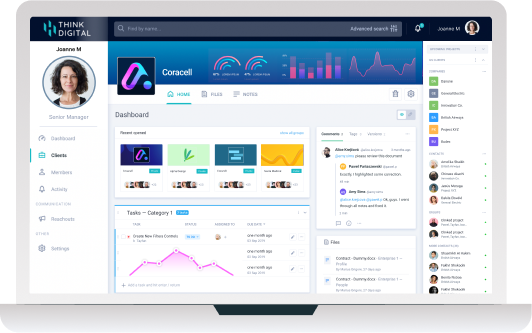People often get a little confused by the concept of online collaboration tools when we’re all so used to using email. Nobody can deny the part that email has played in the digital revolution: for the 7 billion people in the world today, there exist 3.146 billion email accounts. That’s a pretty staggering figure considering that only an estimated 2.5 billion people have internet access.
But isn’t it pretty worrying that we’re all relying so heavily on email? Just think how much time is wasted by creating a document, sending it to some colleagues, them making their edits and sending them back (separately!), and you collating the whole lot into a coherent final piece… Horrible!
What’s more, Manpower’s 2012 report suggests that 20% of the entire EU workforce is now ‘mobile’ (spending more than 10 hours a week working away from their desks). Keep track of all my emails, phonecalls, documents and meetings on their respective platforms while at the same time trying to figure out where I need to be one day to the next? Nah thanks, not for me.
Collaboration tools go a small but significant step beyond email by providing a more organised, collaborative and ‘portable’ way of working in teams. By centralising all your team’s content onto one ‘dashboard’, it’s so much easier to access everything that’s important to you no matter where you are. Just by having a central (preferably cloud-based) collaboration repository where everything can be accessed on the move, teams can shave hours off their working weeks by giving all the relevant people immediate access to what they need. Here’s how it works:
1. Get creative together – as Clay Shirky points out in ‘Here Comes Everybody’, the wiki (from the Hawaiian for ‘quick’) was designed to cut out all the editorial red tape and let everyone contribute to work-in-progress documents. Forget emailing stuff back and forth to each other – by creating it together, you’ve already saved all that time lost to admin and making manual changes yourself.
2. Talk about files, on files – another little problem with emailing files back and forth is that you can’t track the changes. You’ve received your file back with its edits, but you’ve got to keep back-checking the email to find out what the feedback was. Rather than having endless applications open and clogging your desktop, go lean and do it all from a collaboration platform where comments and feedback are seen right below the file in question, just where you need them.
3. Sync your diaries – collaboration tools give you a central space to sort out events, too. No need to create an iCal and manually invite people separately – making group events means your team can see and attend your events right from their own dashboards. Oh, and they normally sync with offline calendars too.
There’s no need to move away from email completely – that would, for most teams, be a huge upheaval in itself. Notifications can still go to your email accounts while all the important stuff is managed from a collaboration hub – teams and companies who have already realised this have shaved nearly a staggering 20% off the amount of time lost to low-value admin by centralising everything and making the whole lot more mobile-friendly. Email is a 40-year-old technology – isn’t it time we phased it out in favour of the industry that’s predicted to be worth $6.4bn by 2016?








Let Us Know What You Thought about this Post.
Put your Comment Below.